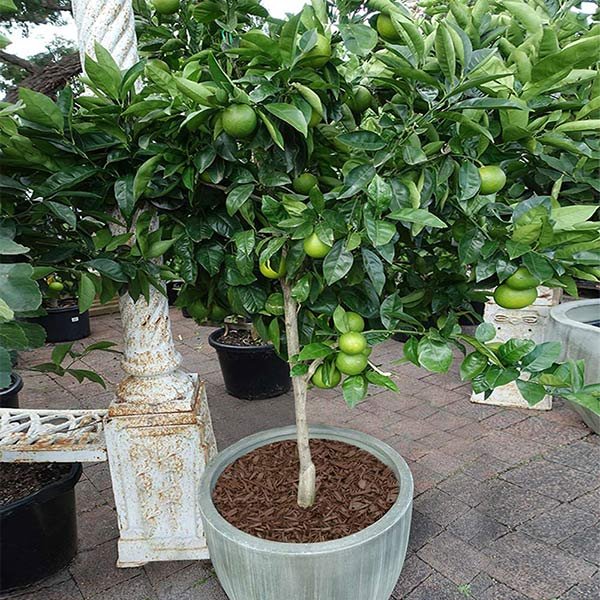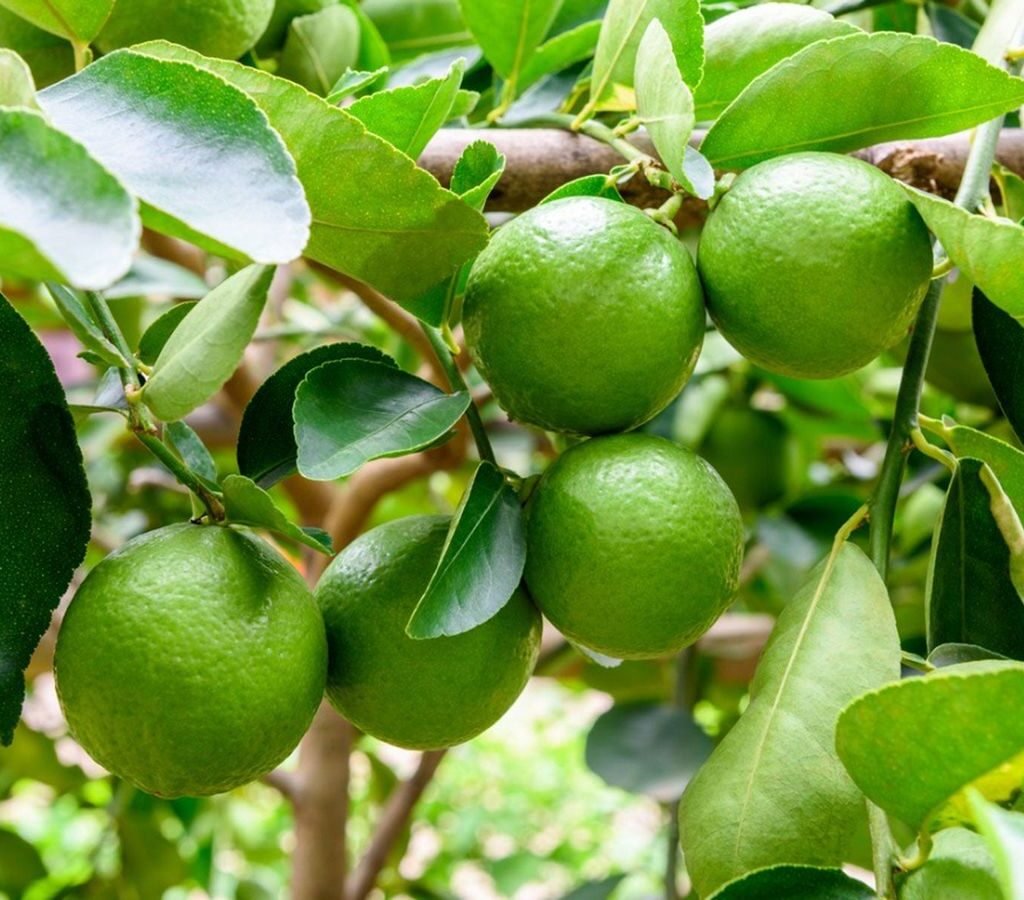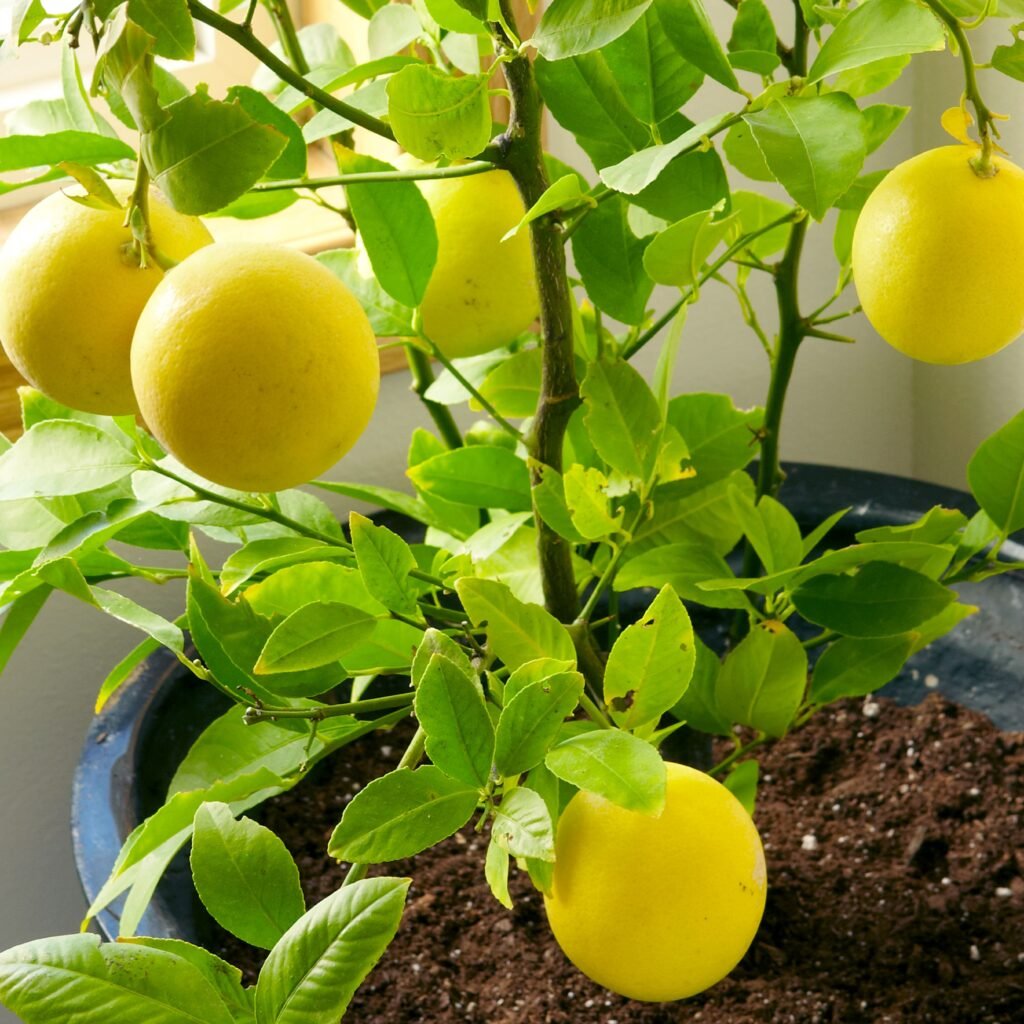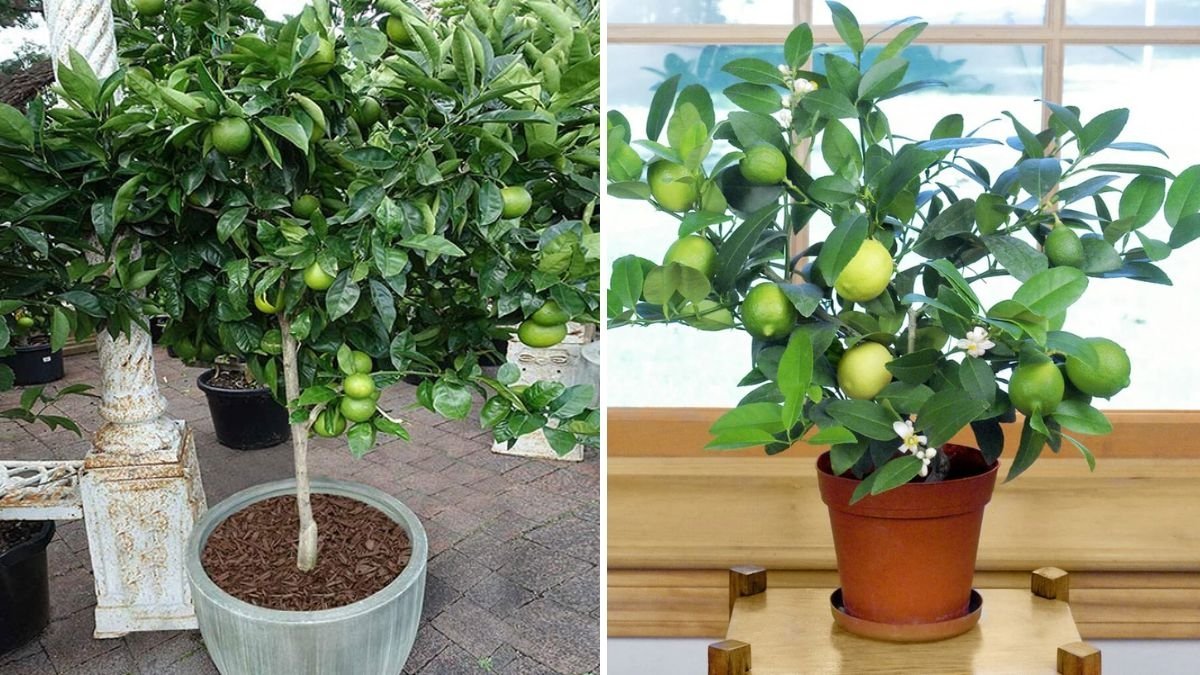If you love the refreshing tang of homegrown limes and lemons but don’t want to wait years for seeds to mature, growing citrus trees from cuttings is the perfect solution. Propagating lime and lemon trees from clippings is not only fast but also incredibly rewarding. You can clone your favorite healthy trees, ensuring the same quality of fruit, fragrance, and flavor.
In this detailed guide, you’ll learn everything you need to know about growing lime and lemon trees from cuttings—the right way. From selecting the perfect branch to caring for your new plant until it’s ready to thrive in a pot or garden, we’ll cover it all step by step.
Why Grow Lime and Lemon Trees from Cuttings?

Growing citrus trees from cuttings offers several advantages over planting from seeds:
- Faster Growth: Seed-grown trees can take up to 5–7 years to produce fruit, while cuttings can start fruiting within 2–3 years.
- True to the Parent Plant: Cuttings are genetic clones of the parent tree, meaning the new plant will produce the same high-quality fruit.
- Cost-Effective: You can propagate multiple trees from a single healthy plant, saving money.
- Better Survival Rate: Cuttings often adapt faster to their growing conditions compared to young seedlings.
If you have a productive lime or lemon tree—or know someone who does—cuttings are the easiest and most efficient way to grow new citrus trees.
1. Selecting the Right Cutting

The success of growing lime or lemon trees from cuttings starts with choosing a healthy parent plant.
- Pick a disease-free, mature, and fruit-bearing tree for the best results.
- Choose a semi-hardwood branch—a stem that’s not too young or too old, typically 6 to 8 months old.
- Each cutting should be about 6–8 inches long and pencil-thick with at least 3–5 leaf nodes.
Pro Tip: Morning is the best time to take cuttings, as the plant tissues are fully hydrated and turgid.
2. Preparing the Cuttings
Once you’ve selected the right stems, preparation is key:
- Use sterilized pruning shears to make clean cuts just below a leaf node.
- Remove any flowers or fruit from the stem, as they drain energy from rooting.
- Trim off the lower leaves, leaving 2–3 leaves at the top. This reduces moisture loss through transpiration.
- Optionally, you can cut the leaves in half to minimize water loss further.
3. Using Rooting Hormone (Optional but Recommended)

Rooting hormone significantly boosts your chances of success, especially for citrus trees that can be slow to root.
- Dip the cut end of each stem into rooting powder or gel containing indole-3-butyric acid (IBA).
- Tap off any excess powder before planting.
This step encourages faster root formation and helps prevent fungal infections.
4. Choosing the Right Growing Medium

The rooting medium plays a crucial role in the early success of your cuttings. It should be light, sterile, and well-draining to allow oxygen flow and prevent rot.
A perfect mix can be:
- 1 part perlite
- 1 part coarse sand
- 1 part coco peat or peat moss
Alternatively, you can use a ready-made seed starting mix available at garden centers.
Fill small containers or nursery pots with this mix and water it lightly before inserting the cuttings.
5. Planting the Lime or Lemon Cuttings
Here’s how to do it properly:
- Use a pencil or stick to make a small hole in the moist soil.
- Insert each cutting about 2–3 inches deep, ensuring at least one node is below the soil surface.
- Firm the soil gently around the base of the cutting.
- Water thoroughly to settle the soil and eliminate air pockets.
6. Creating the Ideal Environment for Rooting

Lime and lemon cuttings root best in warm, humid, and bright conditions—but not direct sunlight.
- Cover the cuttings with a clear plastic bag or dome to create a mini greenhouse. This traps humidity and warmth.
- Make sure the plastic doesn’t touch the leaves. You can use sticks or wire hoops to hold it up.
- Place the pots in a bright, indirect light location, such as near a window or under a shade net.
- Maintain a temperature of 24–28°C (75–82°F).
If you have one, a heat mat under the pot can greatly speed up root development.
7. Watering and Maintenance During Rooting
Keeping the moisture level just right is crucial during the rooting phase.
- Water the cuttings lightly and regularly to keep the soil moist but never soggy.
- Mist the leaves occasionally to maintain humidity inside the cover.
- Avoid overwatering—excess moisture can lead to root rot and fungal growth.
After about 3–5 weeks, gently tug on the cuttings. If you feel resistance, it means roots have started forming.
8. Transplanting Rooted Cuttings
Once the cuttings have developed a healthy root system (usually after 6–8 weeks), it’s time to transplant them.
Steps:
- Prepare a 6–10 inch pot filled with nutrient-rich citrus potting mix or a blend of garden soil, compost, and sand (in a 2:1:1 ratio).
- Carefully remove the rooted cutting from the propagation mix.
- Plant it in the new pot, keeping the root ball intact.
- Water gently and place the pot in partial sunlight for a week to help it adjust.
After about 10–14 days, move your young lime or lemon plant to a sunnier spot where it can get 6–8 hours of direct sunlight daily.
9. Caring for Your New Lime or Lemon Tree
Now that your cutting has become a young plant, proper care ensures healthy growth and future fruiting.
Watering:
Keep the soil consistently moist, especially during the first few months. Once the plant establishes, allow the top inch of soil to dry out before watering again.
Sunlight:
Citrus trees love the sun. Give them plenty of light, but protect young plants from harsh midday rays for the first few weeks.
Feeding:
Start feeding after 6–8 weeks using a balanced citrus fertilizer rich in nitrogen and micronutrients like magnesium and iron. Feed every 4–6 weeks during the growing season (spring to late summer).
Pruning:
Trim weak or crossing branches to encourage a strong structure. Prune lightly to shape your tree and promote airflow.
10. Hardening Off Outdoor Plants
If you plan to grow your lime or lemon tree outdoors, you need to harden it off before permanent planting.
- Gradually expose the plant to outdoor conditions over 7–10 days.
- Start with a few hours in light shade and increase sunlight exposure daily.
- After hardening, transplant it into a large container (18–24 inches wide) or directly into the garden.
11. Common Problems and Solutions
Here are some quick tips to overcome common challenges when propagating and growing lime and lemon trees:
- Leaves Dropping: Often caused by sudden temperature changes or underwatering. Maintain stable conditions.
- Fungal Growth: Too much humidity or poor ventilation can lead to mold—air out your propagation cover daily.
- Slow Rooting: Try using rooting hormone and ensure warmth around the base of the cuttings.
12. When to Expect Flowers and Fruit
With good care, your lime or lemon tree grown from cuttings can start flowering and fruiting within 2–3 years.
You’ll notice small, white, fragrant blossoms—these will eventually become the bright green or yellow fruits you’ve been waiting for. Once your tree starts fruiting, regular pruning, fertilizing, and watering will keep it productive for many years.
13. Overwintering and Indoor Care
If you live in a cooler climate, bring your lime or lemon plant indoors when temperatures drop below 10°C (50°F).
- Place it near a south-facing window for maximum sunlight.
- Water less frequently but ensure the roots never dry out completely.
- Mist the leaves occasionally or use a humidifier to maintain healthy humidity levels.
This ensures your tree remains vibrant and ready to flourish again once spring arrives.
Final Thoughts
Growing lime and lemon trees from cuttings is one of the easiest and most satisfying ways to expand your home citrus garden. With just a few simple steps—selecting healthy stems, providing the right conditions, and giving them consistent care—you can enjoy lush, fruit-bearing trees right from your patio or balcony.
Not only does this method save time and money, but it also gives you control over the quality and health of your plants. Whether you want to fill your home with the scent of citrus blossoms or enjoy fresh, homegrown limes and lemons in your drinks and dishes, this simple propagation technique is the way to go.






Leave A Comment